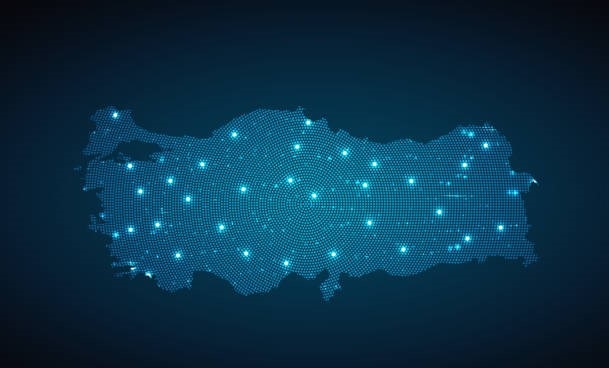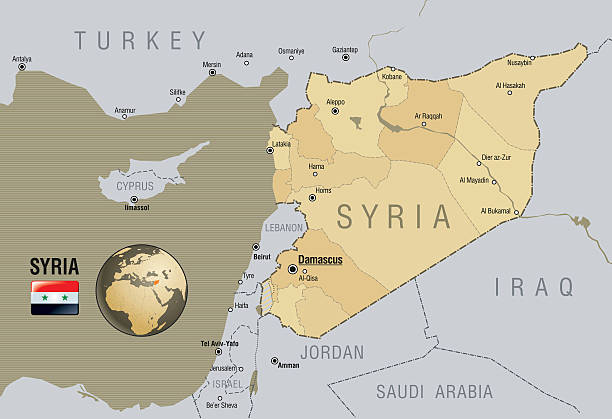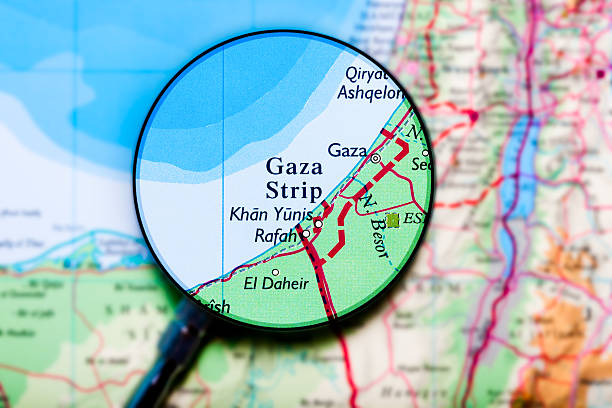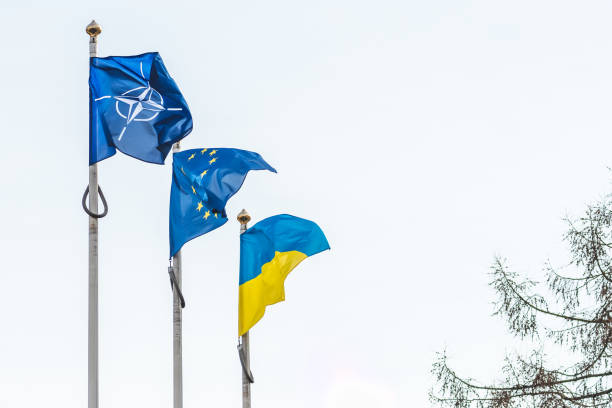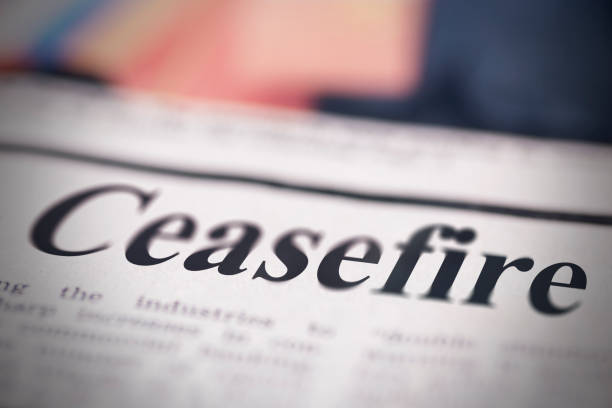
FOREIGN AND DEFENCE POLICY IMPLICATIONS OF UAVs vs. C–UAVs
Ambassador (R) Fatih Ceylan
In the wake of recent successes achieved by the use of Unmanned Aerial Vehicles (UAVs) in different theatres of conflict such as Syria, Libya, Yemen, and Nagorno-Karabakh, the focus of many foreign policy makers and defence planners has honed to draw lessons from those cases where UAVs dominated the battlefield. The challenge to counter those systems will remain on their agenda in an increasing manner for the foreseeable future as long as UAVs continue to shape part of the 21st century warfare.
To start with, it would be politically and militarily flawed to concentrate solely on implications of the use of UAVs on warfare. There are other unmanned weapons systems, such as Unmanned Ground Vehicles (UGVs) and Unmanned Underwater Vehicles (UUVs) to reckon with. Additionally, Space Launched Vehicles, which may include UAVs, should also be part of the wider picture. The increasing use of all those unmanned vehicles necessitate to develop holistic planning and policies to analyse their roles and functions in different domains of warfare, including space. And that would require all-encompassing analyses to be conducted by foreign and defence policy makers both in public and private sectors. It is in this respect that any endeavour to elaborate effective policies in this field should include governmental and non-governmental stakeholders. Leaving this clear need aside, this paper will briefly elaborate why UAVs started to occupy a prominent role both in theory and practice of current warfare concepts, doctrines and in practice.
Any conflict and war initiated under the guise of maximising national interests by making use of military means and assets, necessitate blood and treasure for any nation. Excessive proportions of them signify political and military costs for those in power, and surely the societies they rule. The threshold in the loss of human lives, including civilians, becomes an important challenge for both politicians and foreign/defence policy planners. Despite the common practice adopted to make more use of UAVs in today’s warfare, there is increasing research and development to design and utilise military systems which are to save human lives. Unmanned vehicles and remotely piloted systems in conjunction with Counter UAV systems is a case in point. The challenge faced here is whether such unmanned vehicles facilitate the grounds for expeditionary missions, thus keeping the door ajar for incentivising military interventions in different theatres at a lower cost, or would they offer a new means of deterrence for adversaries, be they state or non-state actors, contemplating to inflict damage to their target nations and populations? Put differently, could they be conceived as part of a low-level deterrence strategy? Another relevant question is whether UAVs in the hands of criminal networks and terror organisations are indeed ‘dirty weapons’ to be defended against.
The answer to these and similar questions is destined to remain controversial for the foreseeable future and likely to generate a multitude of studies, analyses, and policy recommendations in the period ahead. That is exactly what is happening today in the wake of the recent successes achieved in different theatres of conflict by the use of UAVs both by state and non-state actors. What we are witnessing at this particular point in time is that there is a growing trend in the demand for and the use of military UAVs to take advantage of their capability to ‘set the skies and grounds clear’, especially in permissive environments, and conduct precision strikes against high value targets of adversaries. And this is something that no analyst and expert can ignore in today’s warfare calculus. While there exists a visible urge to make use of UAVs and seek further means of producing more sophisticated versions of them, there are concomitant efforts being deployed to counter such systems by leveraging emerging and disruptive technologies to stem the tide of their kinetic functionality. As of 2018 there were 235 C UAS products with 537 systems embedded in them. Recent figures suggest that by 2024, the market for C UAS is expected to grow steadily to reach $6.6 billion in volume.
From a different and non-military angle, there exist basically two political instruments to regulate the export/employment of UAVs. These are Missile Technology Control Regime (MTCR) and the Wassenaar Arrangement. One should also add Arms Trade Treaty (ATT) and UN Register of Conventional Arms (UNRCA). Those semi-legal instruments are fundamentally of political nature, thus not legally binding. There is also an observable tendency to circumvent or bend the rules and regulations in those political instruments as production and use of UAVs proliferate more than ever. MTCR and the Wassenaar Arrangement are not adopted universally and the main producers of UAVs such as Israel, China, and Iran are not party to them. Consequently, there is a great loophole to be exploited in their effective implementation globally.
On the other hand, adherence to ATT and UNRCA is questionable given the realities on the ground. These last two instruments have not been able to curb the use of military UAVs or any other UVs to any measurable extent. The US decision as late as the 2020 summer to revisit the clauses in MTCR could be seen as another blow to an important political document setting out certain rules in terms of exporting UAVs to other states. There are two Categories in MTCR, namely, Category I and Category II. Category I sets out 300km.range/500kg. payload as the threshold for UAVs with a potential utility as a platform for WMD delivery. In Category II, UAVs with a range equal to or greater than 300 km range is tied to less stringent clauses. Because of pressures mainly exerted by the US defence industry and the ever-increasing market opportunities and competition, and particularly the challenge posed by the ever-growing Chinese share (70% of the global market) in the production of UAVs under Category I, the Trump administration took a unilateral decision in July 2020 to ‘reinterpret how the US will implement the MTCR with a view to expediting sales of UAVs to other countries’. Put differently, the US decided to rid itself from the ‘straitjacket of restrictions under MTCR clauses’. That decision will certainly have direct global policy implications on employment and marketing of military UAVs, in addition to the frequent use of smaller types of them in warfare. It will also have an adverse impact on MTCR, a rare politically binding regime for a group of countries with restrictions in place for UAV producers. Coupled with the increasing use of other unmanned systems, the door for more employment of military UAVs will be wide open. That shall bring UAV/C UAV warfare into sharper focus of foreign/defence policy planners.
A potential race to produce more and market military UAVs on a global scale will also keep legal experts reared in international law, international human law, and international human rights law occupied in the near to distant future. Legal aspects of more use of military UAVs in warfare would become a popular subject among legal communities, which would attract the attention of moralists and activists closely following such issues. The surge in new and more sophisticated military UAVs is bound to expedite efforts and investments in countering such weapons systems. In other words, introducing more and more UAVs in warfare calculus is tantamount to increased tempo in investing, producing and marketing Counter UAV systems. There is definitely a dialectical relationship between the two systems. It would not be a surprise to see UAV producing countries to be the major actors to conceive, design, and produce military systems to defend against all types of military UAVs. Therefore, it behoves foreign/defence policy planners to closely monitor trends both in the evolution of layered use of UAVs as part of modern warfare and more focused efforts to develop systems countering UAVs. From a policy point of view, it is necessary to exercise vigilance and constant attention to be devoted to both domains of these parallel strands of activity.
Another challenge facing foreign/defence policy planners is to measure, to the extent possible, the impact of individual versus collective efforts toward introducing ‘rules of the game’ in the use of UAVs and game changer processes and assets in the employment of counter measures and systems against them. It can be seen that there exist individual procedures and measures in effect or in the offing for curtailing the extensive employment of military UAVs. But they are not producing the desired results as of yet. And the chances for achieving a plausible ‘code of conduct’ toward their use are slim for the foreseeable future, owing to the reluctance of individual UAV producers. That leaves us with the question of what could possibly be collectively done. Here again because of a whole gamut of national priorities and interests, it is highly likely that attaining solid results in the short run are limited. However, the current situation should not rule out the need to exert efforts to stem the ever-increasing race in producing and employing UVs. That, in turn, requires the mobilisation of policy experts, legal communities, think tankers, activists etc. to combine their efforts on a collective basis to introduce a legally binding framework for the use of UAVs in warfare in the long run. The ideal result would be to develop a universal agreement or treaty to be sanctioned by the UN along the lines of NPT. This may seem a far-fetched objective, but it is worth considering among policy planners and all those concerned to contemplate such an endeavour for the next decade and beyond.
Another military counter measure would be to expedite Counter UAV systems and expand the C UAV architecture benefitting from recent and emerging technologies. That will also take time, but with each passing day with the help of such technologies C UAV may come to further fruition to engage not only those in battlefields, but also foreign/defence planners, practitioners, experts, and analysts etc. And that day may come soon than expected. The question here is, despite intricacies involved, what sort of a ‘silver bullet’, if any, should we attempt to invent to mitigate threats and risks emanating from UVs and make smarter investments in C UVs. Ensuing are some suggestions to be further elaborated by policy makers:
- In the first instance efforts must be combined to reach a joint threat assessment on UVs. It is of the utmost importance to distinguish UVs being used for malign purposes and those posing hazards without any malign intent. Methods, measures and procedures for deconfliction of threatening UVs from non-malicious ones should be put in place.
- Situational awareness as to risks and threats from UVs should be raised to better understand advantages of C UV and the competitive edge that would accrue particularly for militaries in front lines.
- A dynamic Concept of Operation (CONOPS) development should be initiated on a forward looking and wide-ranging basis. As a next step an attempt to elaborate a Generic Contingency Plan dedicated to C UVs should be sought.
- C UVs should be an inseparable part of deterrence equation or be embedded into Ballistic Missile Defence.
- Political will must be exhibited to introduce a novel structure bringing together all concerned stakeholders from the military and civil sectors. In that structure a wide range of experts from different institutions/agencies should be represented. The initiation of work both within NATO and the EU since 2019 is a step in the right direction and this should be further elaborated.
- The thrust of work and activities should be interdisciplinary and multi domain with a view to formulating a holistic strategy covering tactical, operational and strategic levels.
- Since both UVs and C UVs related strands of activities are dynamic in nature, the strategy to govern them cannot be static. It must be of a living and adaptive nature.
- C UV systems must be amenable to catering for a layered defence and response. Without such a layered architecture built into C UVs, achieving success would be elusive.
- While conceptualising and implementing counter measures against UVs, it would be useful to build upon the lessons drawn after 9/11 in how to deal with renegade aircraft.
- While developing the strategy to be implemented for C UVs, the current doctrines, standards, operating procedures, training activities etc. must be revised. C UV warfare must constantly figure in simulations and exercises. Ideally common standards in the form of STANAGs should be sought among like-minded countries.
- In developing standards for manufacturing interoperable C UVs, necessary precautions should be introduced into the system to block reverse engineering methods applied by adversarial actors.
- C UVs measures should be part of Anti Access Area Denial (A2AD) practice to mitigate threats from UVs.
- A central Center of Excellence (COE) should be established with affiliations to similar COEs operating in different countries to bring knowledge and best practices together with a view to informing future work, research and development in the C UV field.





